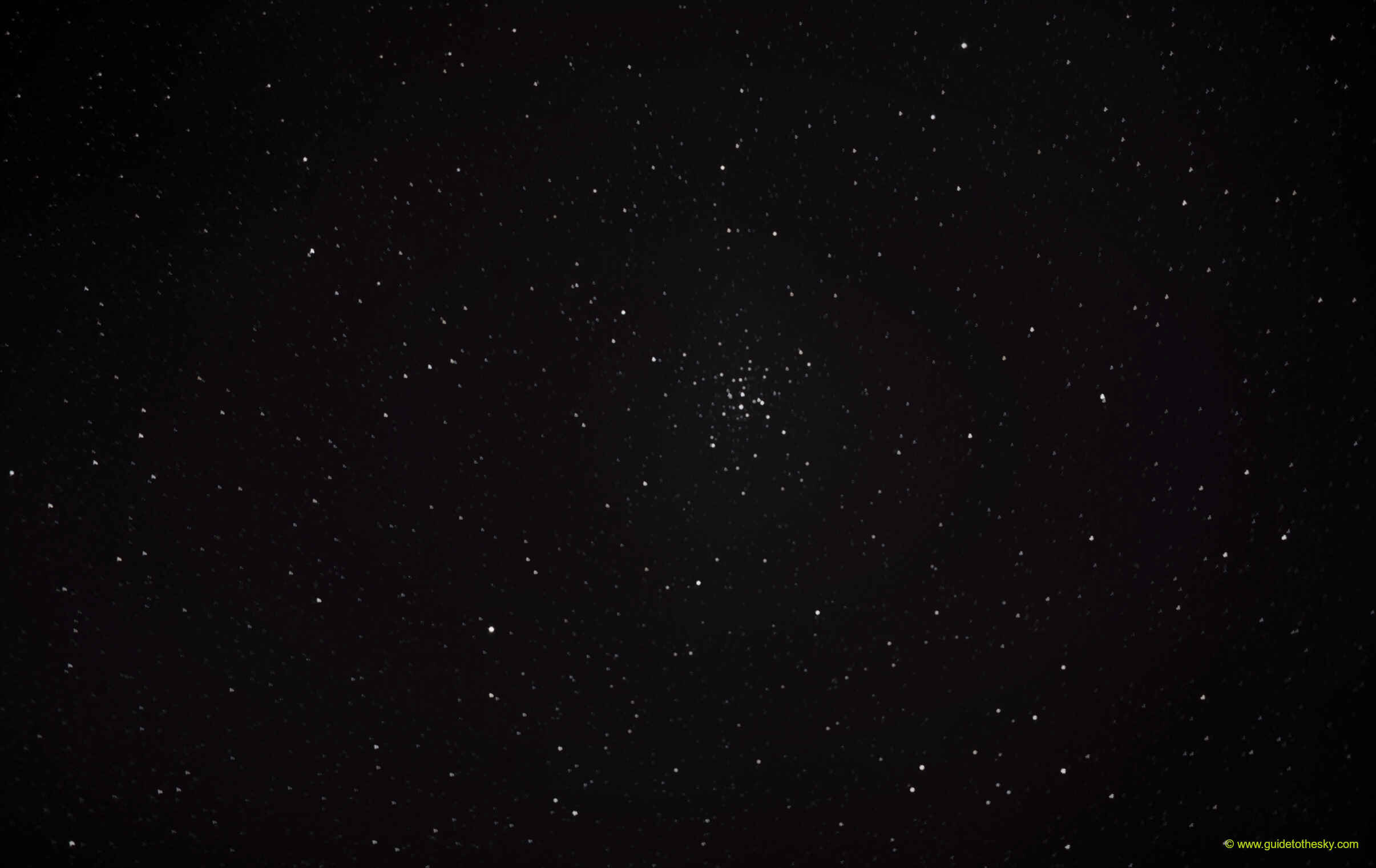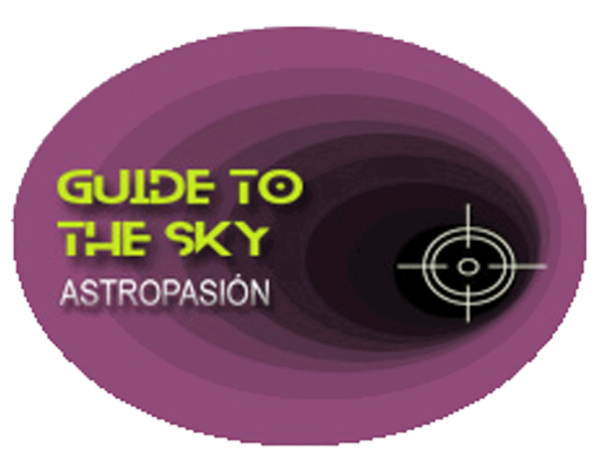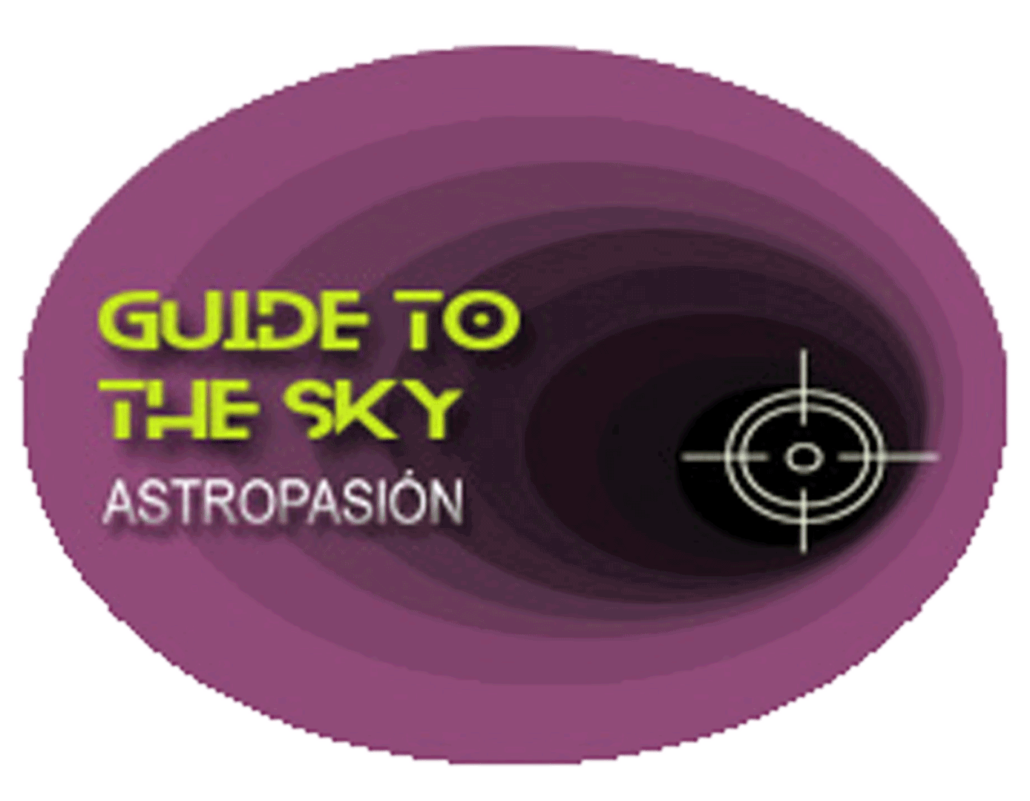Messier 36 - Auriga

Es junto con M37 y M8 uno de los grandes cúmulos de esta constelación. M36 es el más pequeño de los tres en extensión, apenas 10', de ellos M36, no es el que que más estrellas contiene aunque sí que contiene las más brillantes.
M36 - - en la IA
Messier 36 (M36), also known as NGC 1960, is a bright and relatively young open cluster located in the constellation Auriga. Here's a breakdown of key facts about M36:
Key Characteristics:
- Type: Open Cluster
- Distance: Approximately 4,300 light-years from Earth
- Diameter: Around 14 light-years
- Age: Estimated to be around 25 million years old
- Apparent Magnitude: 6.3 (easily visible with binoculars under good conditions)
- Number of Stars: Contains around 60 confirmed member stars, and possibly more fainter ones. The brightest stars are of spectral type B.
- Coordinates (J2000): Right Ascension 05h 36.1m, Declination +34° 08'
Location and Visibility:
- M36 is in the constellation Auriga, which is prominent in the winter sky in the Northern Hemisphere.
- It's located about 4 degrees west of the even brighter open cluster M38.
- Under dark skies, M36 can be glimpsed with the naked eye. Binoculars will reveal a hazy patch, and a small telescope will resolve some of the brighter stars. Larger telescopes at higher magnifications allow you to see more stars and appreciate the cluster's structure.
Appearance and Structure:
- M36 is a relatively compact and dense open cluster.
- It appears as a concentrated group of stars with a slightly irregular shape.
- The brightest stars in M36 are hot, blue-white giants.
- Because it is relatively young, the stars have not yet had time to drift apart, which gives it a more tightly packed appearance.
Significance and Observation:
- M36 is a popular target for amateur astronomers due to its brightness, relatively small size, and ease of finding.
- It provides a good opportunity to observe and study a young stellar population. The types of stars found in the cluster, their brightnesses, and their distribution reveal clues about stellar evolution and cluster dynamics.
- Comparing M36 to other open clusters of different ages (like M37 or M38, also in Auriga) helps astronomers understand how open clusters evolve over time.
In Summary:
Messier 36 is a bright and beautiful open star cluster in Auriga. Its young age, relatively close distance, and numerous bright stars make it a favorite object for observers of all levels. It is also a valuable object for scientists studying star formation and stellar evolution.
Más información sobre Messier 36 en NASA/IPAC.
Mapa alrededor de Messier 36
Otros identificadores de M36:
"C 0532+341" ,"M 36" ,"NGC 1960" ,"OCISM 103" ,"OCl 445" ,"[KPR2004b] 78" ,"[KPS2012] MWSC 0594",

